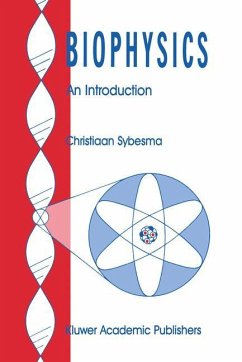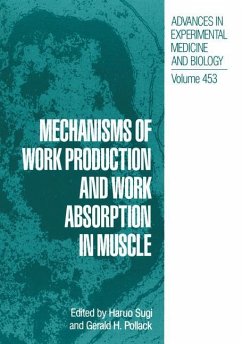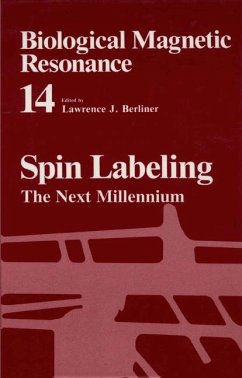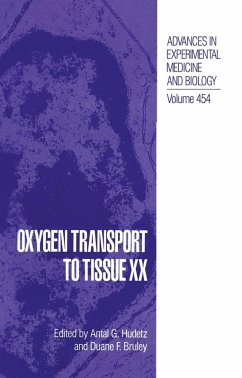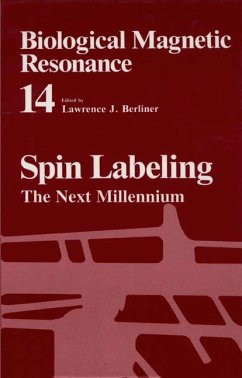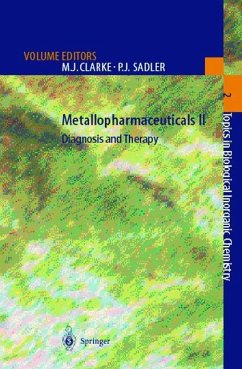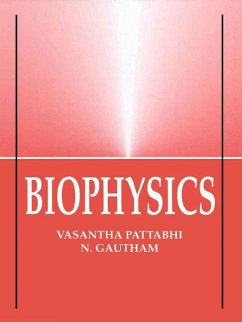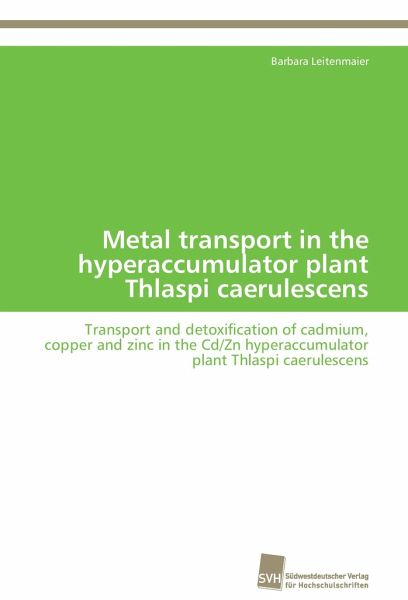
Metal transport in the hyperaccumulator plant Thlaspi caerulescens
Transport and detoxification of cadmium, copper and zinc in the Cd/Zn hyperaccumulator plant Thlaspi caerulescens
Versandkostenfrei!
Versandfertig in 6-10 Tagen
53,99 €
inkl. MwSt.

PAYBACK Punkte
27 °P sammeln!
In this thesis, various aspects on heavy metal accumulation by the hyperaccumulator plant Thlaspi caerulescens have been investigated. T. caerulescens belongs to the family of Brassicaceae and hyperaccumulates zinc. Its ecotype Ganges, originating from Southern France, additionally takes up cadmium actively. It is known from previous studies that hyperaccumulators have highly overexpressed metal transporters and that most of them store the metal in the vacuole of large epidermal cells. First, the long-term behaviour of T. caerulescens upon cadmium treatment has been studied and via chlorophyll...
In this thesis, various aspects on heavy metal accumulation by the hyperaccumulator plant Thlaspi caerulescens have been investigated. T. caerulescens belongs to the family of Brassicaceae and hyperaccumulates zinc. Its ecotype Ganges, originating from Southern France, additionally takes up cadmium actively. It is known from previous studies that hyperaccumulators have highly overexpressed metal transporters and that most of them store the metal in the vacuole of large epidermal cells. First, the long-term behaviour of T. caerulescens upon cadmium treatment has been studied and via chlorophyll-fluorescence-kinetic-measurements, it could be shown that, after showing symptoms of toxicity, the plants acclimated to the metal stress and the symptoms of toxicity vanished. Further, using a Cd-specific dye, the timelimiting step in hyperaccumulation could be identified as the transport of metal into the vacuole. Isolating and characterising a Cd/Zn-ATPase from plant roots, it could be shown using various techniques like UV/Vis spectroscopy and EXAFS, that the protein is not only activated by Cd and Zn, but by Cu as well. Cd in the protein is mainly bound by cysteines, Zn by histidines.




